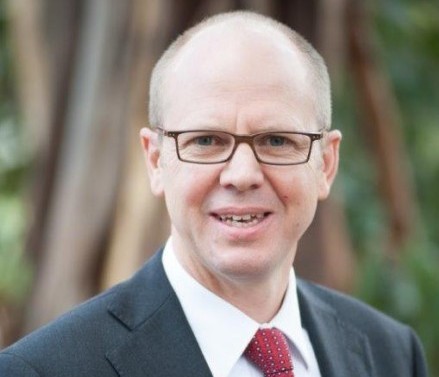
Ross Hampton
The Australian Forest Products Association (AFPA) has released an important new policy proposal that details an innovative approach to help reduce the risk of bushfires. Source: Timberbiz
This policy builds on the strong recommendation contained in the Forest Industry Advisory Council’s (FIAC) final report ‘Transforming Australia’s forest products industry’, which urged the Government to “commit to a $300 million 10-year program of mechanical fuel reduction as a bushfire mitigation measure for forest and community protection”.
AFPA is calling on the major political parties to commit increased funding to extend the current ‘mechanical removal’ pilot program from $1.5 million to $30 million, as well as expand it to a broader range of biomass removal projects around towns and strategic rural assets.
“The widespread soaking the east coast has just received will, in a few short months, translate into dense spring growth. If it is followed by another hot, dry summer our tens of thousands of volunteer rural fire fighters will again be facing an immense challenge to protect towns and rural assets,” AFPA Chief Executive Officer Mr Ross Hampton said.
“The data suggests that climate change is delivering more frequent and more intense bushfires. The loss of life and property is devastating.
“Forest industries are also losing tens of thousands of hectares in big fire events. This new policy proposal does not attempt to solve the entire bushfire challenge.
“It is focused on a new proactive approach to better protect towns and rural assets by creating ‘buffer zones or rings’ with less material to burn.
“As Einstein famously said, ‘Doing the same thing over again and expecting a different result is crazy.’ It is time to add mulchers to the usual matches and try something different.”
Deloitte Access Economics (DAE, 2014) estimated the total cost of bushfires in Australia was around $360 million in 2014. DAE estimated without change to business as usual this figure could more than double – to almost $800 million by 2050.







